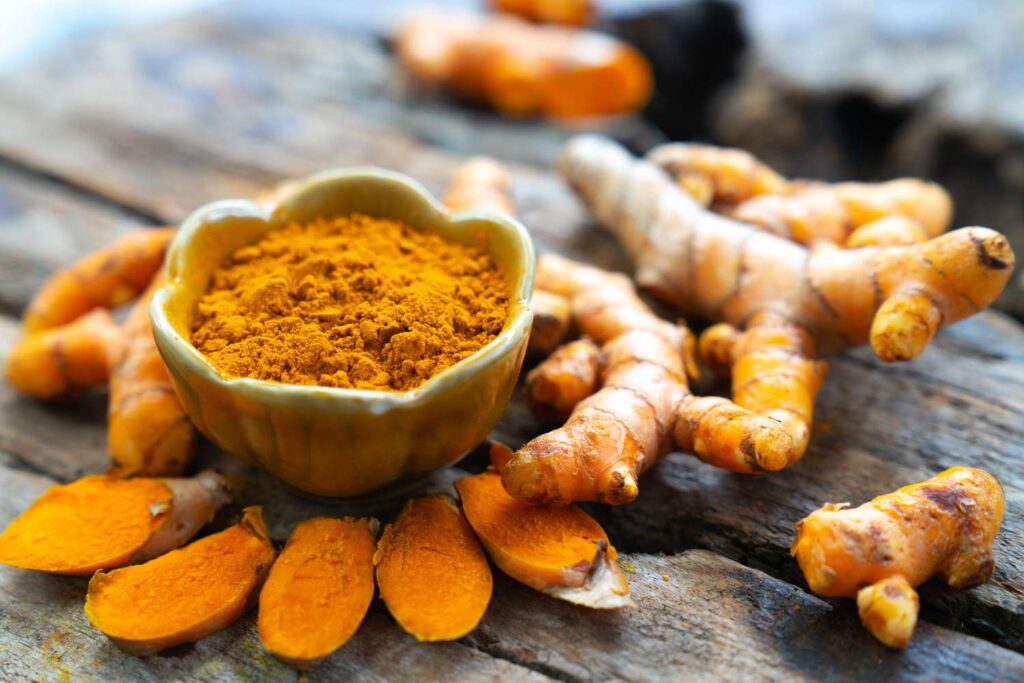Curcumin (Cur), a naturally occurring polyphenolic compound derived from Curcuma longa, is highly valued in cosmeceutical formulations due to its potent anti-inflammatory and antioxidant properties. Cur plays a multifaceted role in skincare, helping to protect against oxidative stress and premature aging, while also being valued for its skin-brightening, antimicrobial, and hyperpigmentation-reducing actions. However, the industrial and clinical application of Cur is significantly hindered by major physicochemical challenges, specifically its poor aqueous solubility, chemical instability, low bioavailability, and susceptibility to photodegradation.
To address these limitations, nanotechnology offers a promising solution to enhance the functionality of cosmetic formulations. Nanoencapsulation approaches, particularly the development of Cur-loaded nanoemulsions (NEs), have emerged as effective strategies to improve Cur’s stability, solubility, and bioaccessibility. Nanoemulsions (NEs) are nanodispersed systems characterized by droplet sizes typically below 200 nm, allowing their large surface area and small size to promote the absorption of bioactive components into the skin, thereby supporting enhanced therapeutic efficacy. While conventional methods like ultrasonication or high-pressure homogenization present challenges related to maintaining stability and achieving consistent droplet size, the droplet microfluidics technique was employed in this study. This technology offers a highly controlled and precise platform for producing uniform NEs with tunable droplet sizes and narrow distributions, providing advantages in scalability and enhanced control compared to high-energy methods.
Methods
Cur-loaded NEs were prepared using droplet-based microfluidics, utilizing coconut oil (which demonstrated the highest Cur solubility) as the oil phase, stabilized by RH40 and soy lecithin as the emulsifiers. Pseudo-ternary phase diagrams guided the selection of optimal emulsifier/co-emulsifier ratios and aqueous-to-oil flow ratios (50:1 and 100:1) to produce monodisperse NEs. The resulting NEs were characterized for size, polydispersity index (PDI), zeta-potential (Z-potential), and encapsulation efficiency (EE), and assessed for stability during 21 days of storage at both room temperature and 4 °C. Finally, in vitro antioxidant activity was evaluated via DPPH assays before and after UV exposure, and permeability studies were conducted using Franz diffusion cells with Strat-M® membranes (mimicking human skin) after the NEs were incorporated into hydrogels.
Key Findings
• Optimal Oil Phase: Coconut oil exhibited the highest solubility for Cur (0.529 mg/mL) among all tested oils (squalene, jojoba, calendula, and argan oil), making it the selected oil phase for the NEs.
• Stability: The NEs demonstrated strong colloidal stability during storage for up to 21 days at both room temperature and +4 °C, with Z-potential values consistently exceeding the −30 mV threshold.
• Encapsulation: The most stable formulation, 25Cur_50_1, achieved an excellent encapsulation efficiency (EE) of 50.4%, maintaining a small droplet size of 172 nm and a low PDI of 0.332.
• Antioxidant Retention: Encapsulation effectively preserved the antioxidant activity of Cur, as statistical analysis showed no significant difference in DPPH inhibition activity of the Cur-loaded NEs before and after 24 hours of UV radiation exposure.
• Enhanced Permeability: In vitro studies using Strat-M® membranes demonstrated significantly enhanced penetration of encapsulated Cur after incorporation into suitable hydrogels. The 50Cur_50_1 hydrogel formulation achieved the highest permeability, reaching approximately 9 µg/cm² at 6 hours, confirming the superiority of encapsulated forms over pure Cur dispersion.
This research successfully demonstrates the potential of utilizing droplet microfluidics to develop high-performance Cur-loaded NEs. The novelty of this work lies in the first-time successful encapsulation of antioxidant Cur in NEs using droplet microfluidics, establishing a scalable and precise method for formulation. This modern NE formulation strategy is proven to be an effective way to increase the hydrophilicity and bio-accessibility of highly lipophilic and unstable compounds like Cur, while simultaneously protecting them from chemical degradation during storage. The future implication of these findings is critical, as the results provide essential insights that can guide the formulation and design of Cur NEs, significantly enhancing their suitability and effectiveness for subsequent translation to new and more effective commercial cosmetic products.
Link to the study: https://www.mdpi.com/2079-9284/12/5/226


